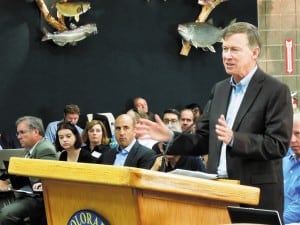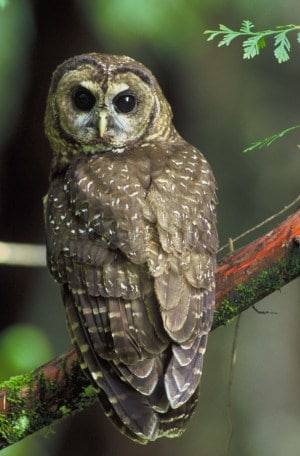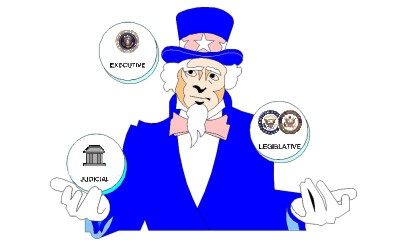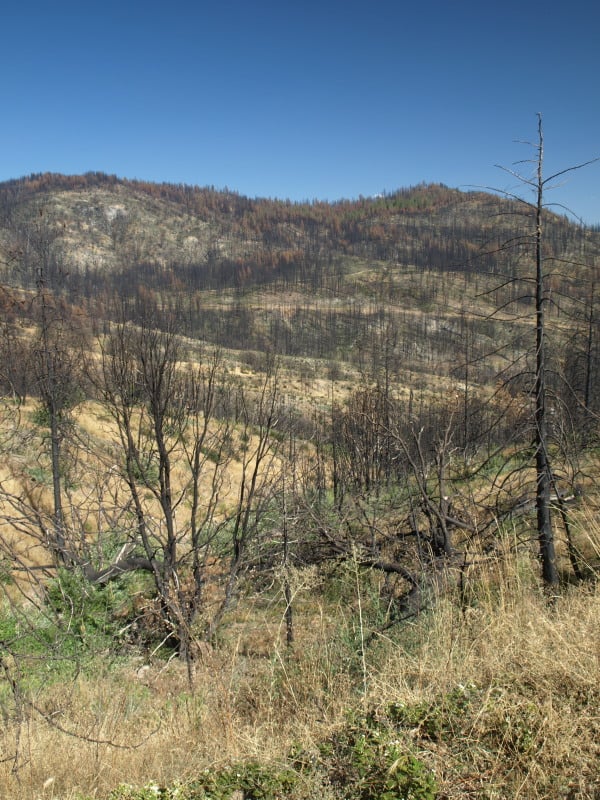
Today there were a couple of articles on the sage grouse and Gardner’s bill that I think are worthy of interest. There is one in the Denver Post (may they live long and prosper!) here. Also a couple in E&E News here (I think you need a subscription for this one) and here .
So national groups tell us that ecosystems will unravel or at least grouse will die out, if states are allowed to pursue their own way (even for six years). I guess they think that states can’t be trusted with environmental policy. Of course, the Clean Air Act is an example of state responsibility with federal oversight and that seems to work. Do we have a reason to believe that states are “good on air and bad on critters?”. One of the reasons I’m not afraid is that I spent about six years working on the Colorado Roadless Rule. My experiences with the Colorado Roadless Rule involved all kinds of permutations (state-led and federal-led processes; different administration (3 state and 2 federal)) and so on.
It’s a well known fact that states are incubators for policy experiments. People have ideas and can carry them out without invoking The Big Players, and Partisanizing Everything. What happens in D.C. is that a simple policy idea quickly turns into something one party tries to bash the other party with. I don’t know why it didn’t happen in Colorado. It could be because we’re purple, or because Things Have To Get Done in a state.
Here are a couple of thoughts about why states can do things better. People who work for states know, and have databases with, a great deal of information that the feds do not. For example, when it was desired to restrict roads in roadless areas for undeveloped water rights, the state had the information on water rights. These kinds of issues could be accommodated in a state-specific rulemaking but would tend to get washed out at the national level. For one thing, water law is different in different states.
When our team met with representatives of national environmental groups it seemed like it was all about abstractions, and generalities and posturing and perhaps grandstanding. They would use words like PROTECTION and INDUSTRIAL DEVELOPMENT and so on and weren’t really engaging at the scale of on the ground problems and issues. One national group said we had to “give them something” for them to support the rule. State and local environmental groups tended to want more specific changes.
As I recall, some wildlife people on the western slope wanted to cut down some trees or large brush for better habitat for some critter (a critter that wasn’t endangered) and their concerns were too small to be heard, because the goal was “words that please national groups.” Another example is that some people kept claiming “the science says” that you don’t need to cut down trees around communities (sound familiar?) and Mike King, State DNR Director, organized a meeting with elected officials from communities, fire people, and all the other interests in which each “side” selected three scientists to talk about fuel treatments. When I think about that meeting, I think 1) state people know the biophysical side of the issue and they know the people such that 2) people need to be more or less accountable for what they say. People are used to “gettin’ er’ done” in terms of policy. Grandstanding is not much tolerated in that kind of group. I think that the level of discourse at that meeting, was much higher than my experiences in D.C., where one side at a time tends to come in, and the Feds just listen and not question or disagree. Obviously I believe open discussions of scientific and other points of view should be valued and be a part of any public process.
So that is my experience. Better discourse, more knowledge, more transparency, and ultimately a better policy outcome.
Dave Freudenthal, the (Democrat) former Governor of Wyoming, made a similar point in a letter to Secretary Salazar in 2010 about oil and gas regulation:
In terms of development, I have always been a strong proponent of balance. In general, given the right information and proper motivation, we have usually found our way to a development array that meets the terms of those that understand the need for both production and protection. Frankly, we know that there will never be a meeting of the minds of those in the “drill here, drill now” crowd and the “not one blade of grass” crowd, mainly because neither side is willing to give toward the middle. Unfortunately, Washington, D.C. seems to go from pillar to post to placate what is perceived as a key constituency. I only half-heartedly joke with those in industry that, during the prior administration, their names were chiseled above the chairs outside the office of the Assistant Secretary for Lands and Minerals. With the changes announced yesterday, I fear that we are merely swapping the names above those same chairs to environmental interests, giving them a stranglehold on an already cumbersome process. Meanwhile in places like Cheyenne, Casper, Wamsutter and Cody, Wyoming, we in the middle simply want a good job, clean air, healthy watersheds and a place to hunt, fish and hike with our families.
As Governor Freudenthal said, who should be making decisions “in the middle”? A random mix of ideologues or the people who have to live there in open discussion with each other?
In my experience on the Colorado Roadless Rule, I saw better policy work actually being done when states and feds had to work together, as well as people with different perspectives, including political ones. I think the sage grouse and the people in Colorado deserve that quality of work.





